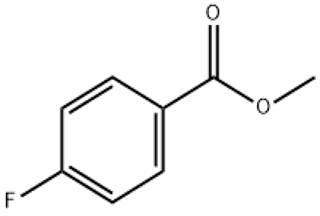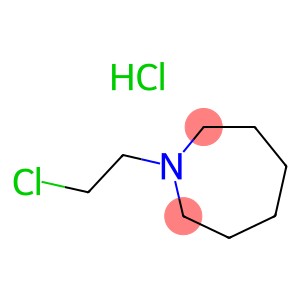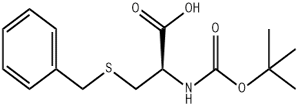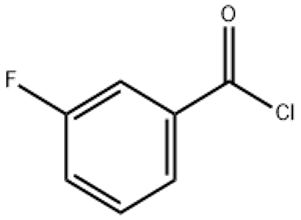trans-Anethole(CAS#4180-23-8)
| Risk Codes | R43 – May cause sensitization by skin contact R51/53 – Toxic to aquatic organisms, may cause long-term adverse effects in the aquatic environment. |
| Safety Description | S36/37 – Wear suitable protective clothing and gloves. S61 – Avoid release to the environment. Refer to special instructions / safety data sheets. |
| UN IDs | UN 3077 9 / PGIII |
| WGK Germany | 2 |
| RTECS | BZ9275000 |
| FLUKA BRAND F CODES | 8 |
| TSCA | Yes |
| HS Code | 29093090 |
| Toxicity | LD50 orally in Rabbit: 2090 mg/kg LD50 dermal Rabbit > 5000 mg/kg |
Introduction
Trans-anethole is an organic synthetic compound. It is a colorless liquid with a strong aromatic odor and a pungent taste.There are primarily two methods to prepare trans-anethole. One is to react anisaldehyde with formaldehyde to produce trans-anethol, followed by a dehydroxylation reaction. The other method is to react acetone with a soluble acid to generate anethole.It is irritant and may cause irritation to the eyes and skin. Direct contact with the skin and eyes should be avoided, and necessary protective measures should be taken. Trans-anethole is also a flammable liquid and should be stored in a cool, ventilated place, away from fire and heat sources. Inhalation of its vapors should be avoided, and appropriate respiratory protection should be worn if necessary.








